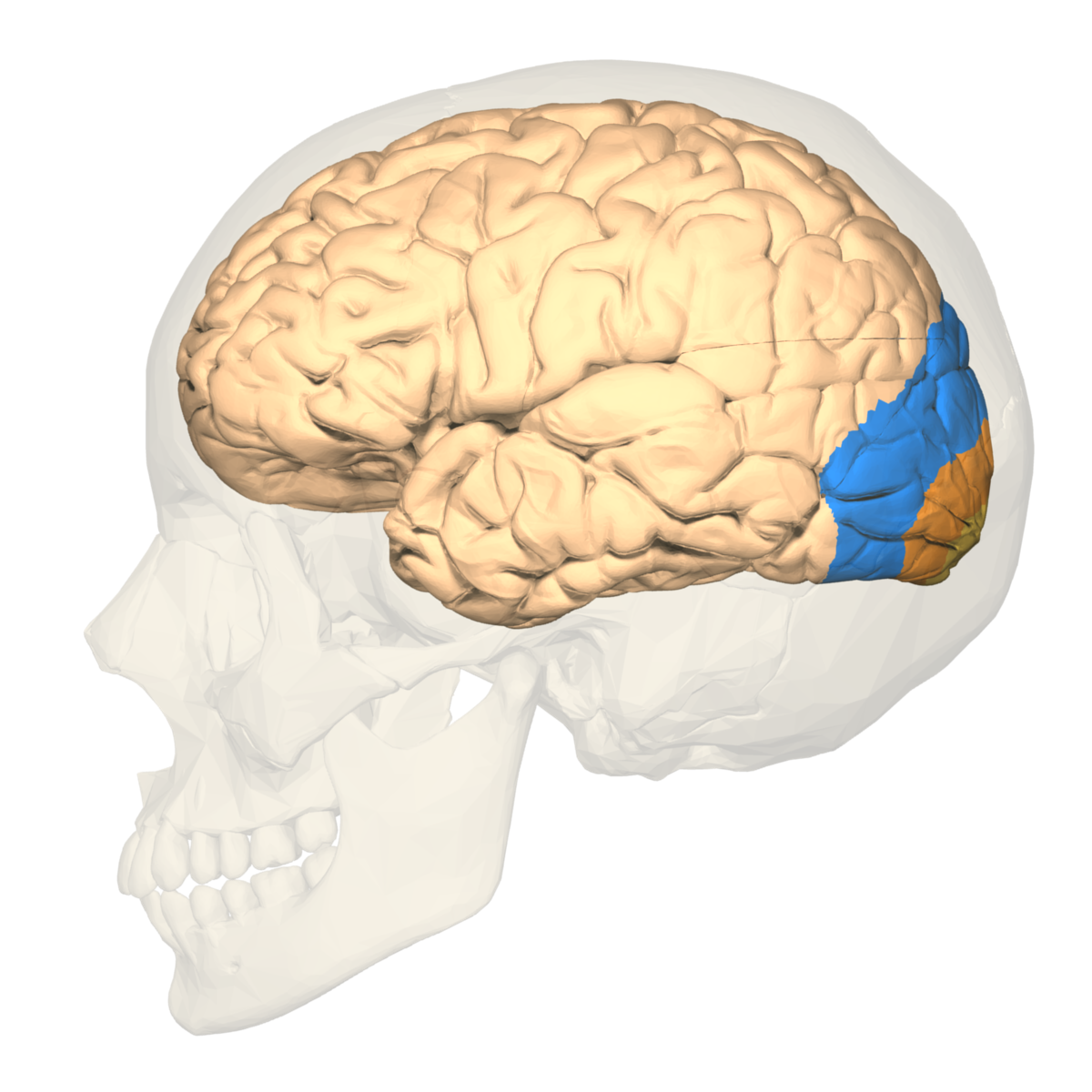Workshop Program
The workshop will take place during the 2024 Vision Sciences Society meeting on Monday, May 20th, from 2:00-5:00pm in the Banyan/Citrus room. (The workshop is neither sponsored nor endorsed by VSS.) The program will consist of three presentations, each lasting slightly under an hour, with short breaks between.
The goal of this program is to introduce participants to contemporary data science/neuroscience software tools and to give them enough initial experience to be able to apply them in their own research. We cannot teach everything about any tool in a three hour workshop, but through hands-on tutorials and follow-along coding, we intend to help participants past the hardest part of the learning process: getting started. In addition to learning about neuroscience software, participants will receive 1 month of access to a virtual compute environment preconfigured using the Neurodesk platform with the software discussed in the workshop. Use of this computing environment requires only a modern web browser and a GitHub username. Tutorials and lectures will be made available to the public.
Tutorials for the course will be made public in the accompanying GitHub repository. See the README file there for information on running them either using the workshop’s compute environment or on your own. Lecture recordings will also be posted here.
Curriculum
How to stop worrying about software
Mark M. Schira
Firstly, I’ll introduce and provide access to the cloud based Neurodesk instance for this course, and give a short introduction to Neurodesk. Then, I will discuss how that was useful on the example of the Human Brain Atlas project, allowing us to move data processing seamlessly from local workstations to a high performance cluster using Neurocommand. The last section will cover experience on using a cloud based Neurodesk instance to introduce computational neuroimaging to 45 undergraduate student that had no to very little experience with programming or neuroimaging or the command line. Note, the list of topics below and the links are very much work in progress and should not the taken seriously just yet. But they do provide a rough idea and peek into what topics the first session will cover.
- A cloud based Neurodesk instance
- The HBA project and HPC systems
- The
HBA project - Making
dataavailable on OSF.io
- The
- Herding cats
- teaching undergraduates computational neuroimaging
A reproducible pipeline for visual neuroimaging
Noah C. Benson
This talk will discuss and show example usage for standard software tools that together build a functional MRI pipeline for processing retinotopic mapping experiments in a reproducible way. The session will end by demonstrating tools for drawing visual area boundaries.
- Introduction and Dataset Description
- Preprocessing the Data
- Modeling the Visual Responses
- Population Receptive Field (pRF) models and General Linear Models (GLMs)
PRFModel
- Annotating the Visual Cortex
- Retinotopic maps and boundaries
cortex-annotate
Machine learning and automation in the visual cortex
Fernanda L. Ribeiro
In this final session, we will introduce deepRetinotopy and demonstrate its command line interface to predict retinotopic maps using FreeSurfer derivatives. Then, we perform a visual field sign analysis to guide delineating visual area boundaries.
- Predicting retinotopic maps with deepRetinotopy
- Polar angle and eccentricity maps
deepRetinotopy
- Visual field sign analysis
- Binary representation of visual areas where adjacent visual areas have distinct field signs
deepRetinotopy
